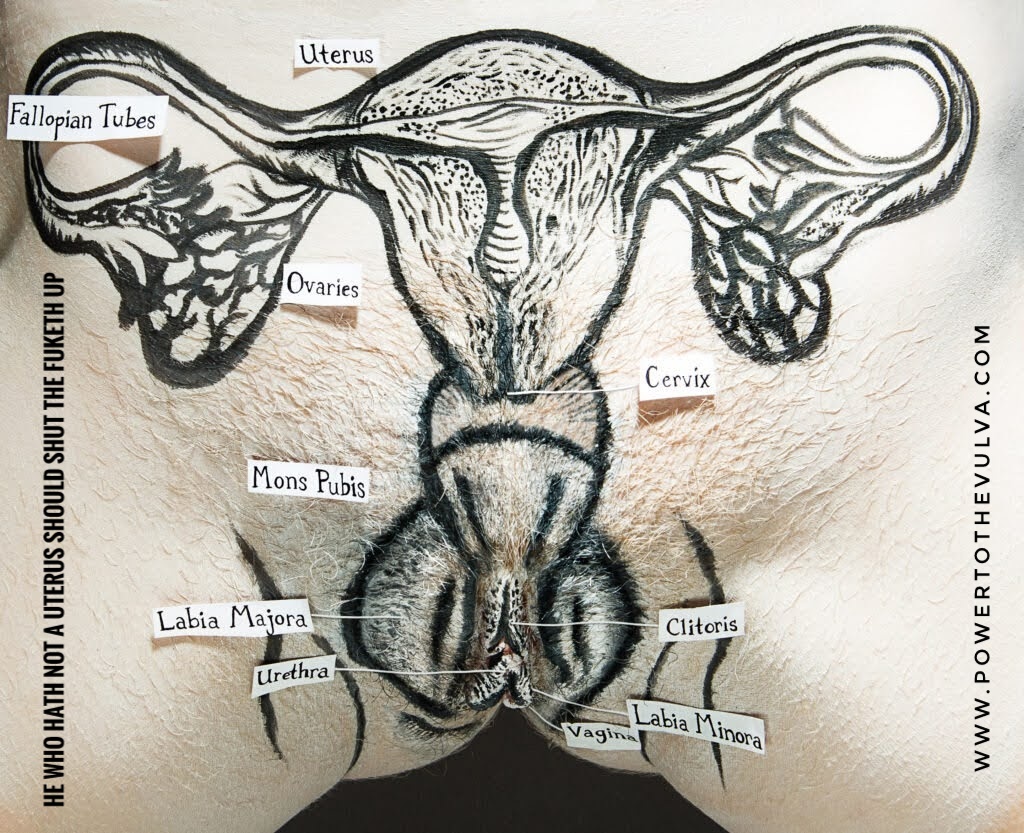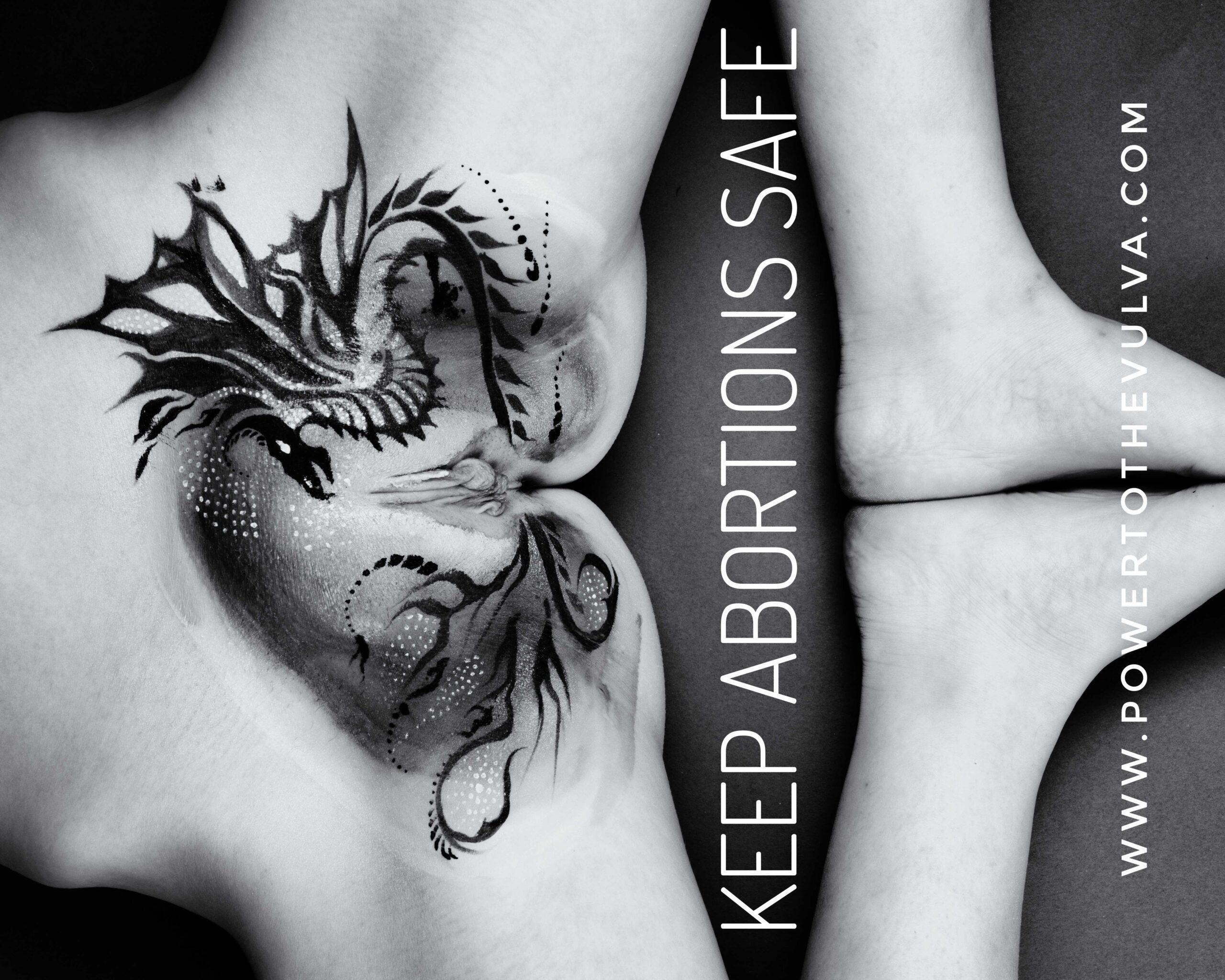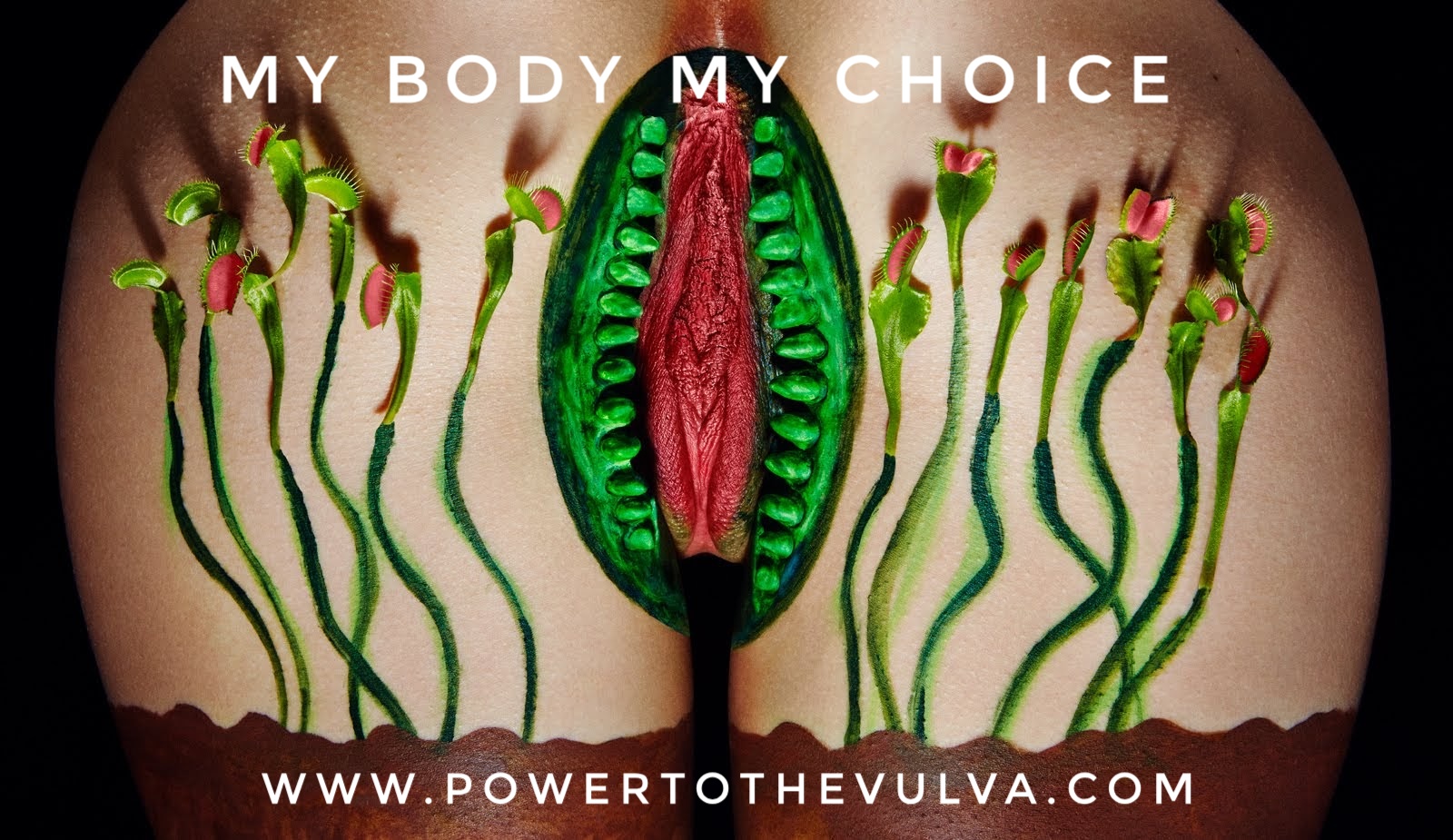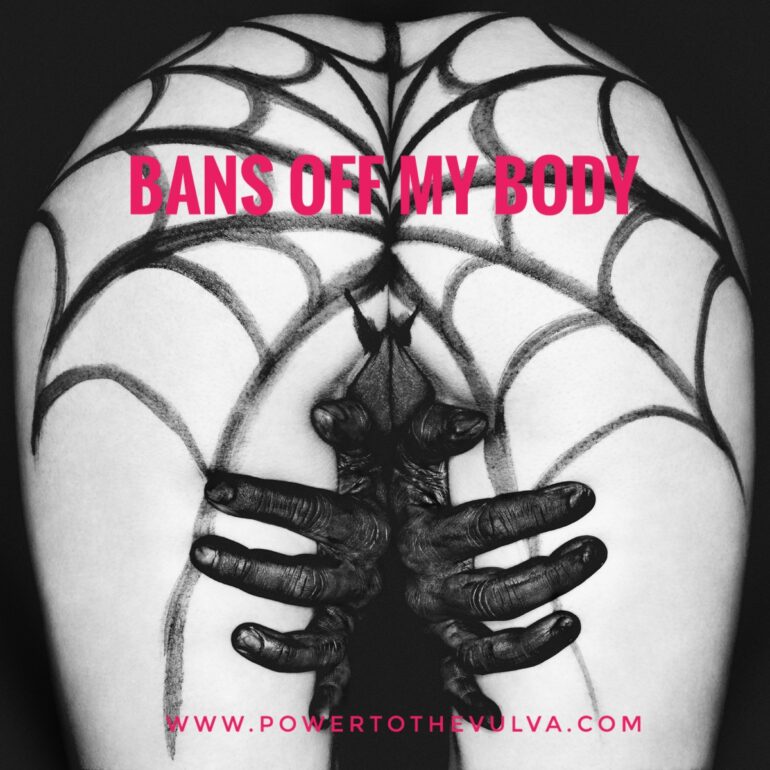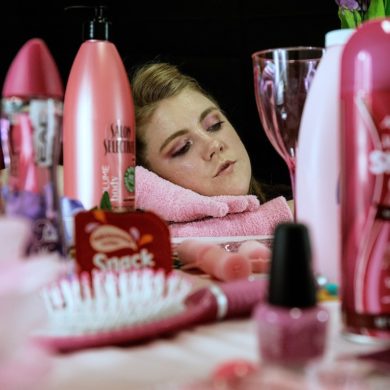Power to the Vulva is a project by Piyali, a Bay Area-based POC artist, activist, advocate, survivor, and mother. The photo series features painted vulvas and serves as a platform to welcome audiences to share and discuss their own experiences. Power to the Vulva seeks to replace patriarchal narratives of shame with an uncolonized, discursive feminine mystique.
In this project, the vulva’s painted to be flowers/plants, animals, sociopolitical concepts, identity, expressions of the struggles of individuals who identify as being women, depictions of sexual violence, culture, humor, and natural embodiments of the universe. This work focuses on transforming the human from an extrinsically defined object to something more intrinsic and expressive.
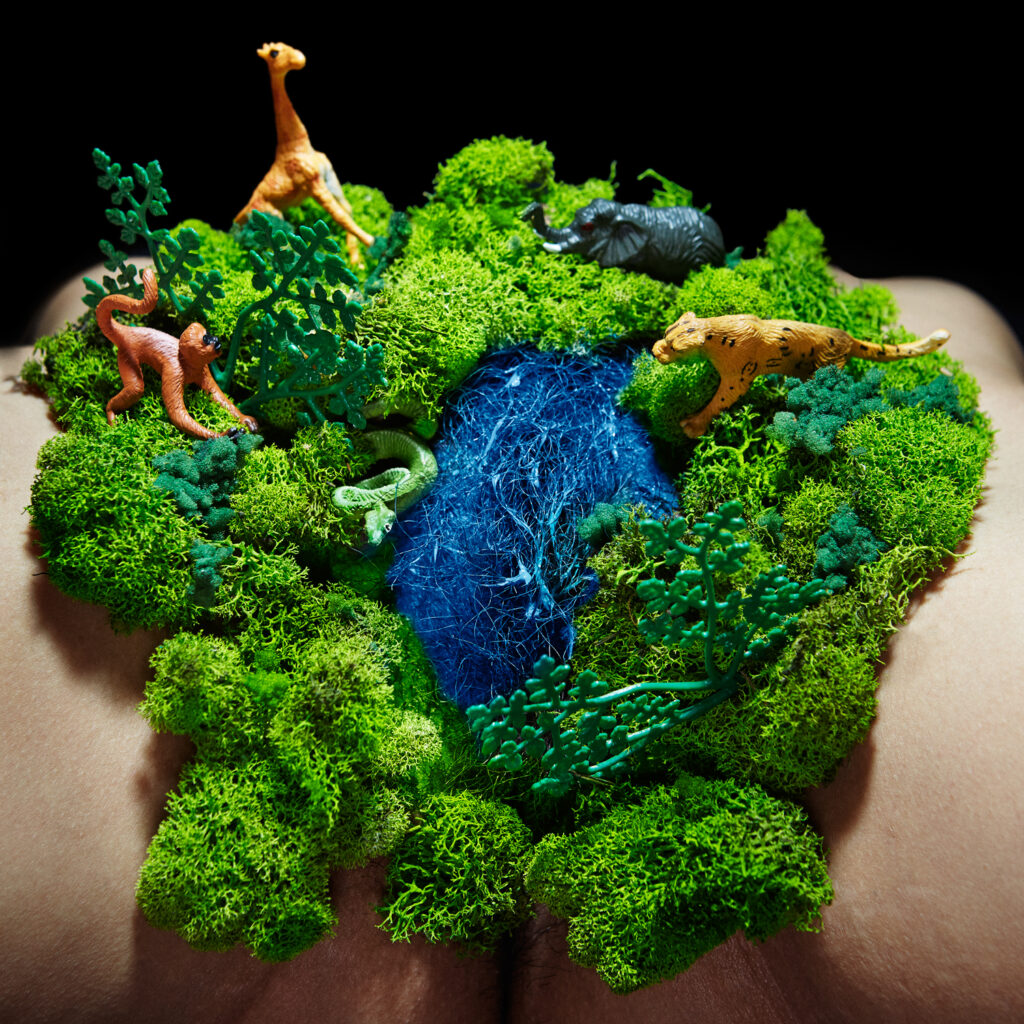
As a South Asian-American woman born in the United States and raised in India, Piyali’s first-hand experience is of two cultures both with their own conflicting narratives of individual identity, liberty, and freedom. Whether pop culture and social media’s message seems to be about liberty and freedom or about women abiding by conservative customs, life in the two countries is not that different. This recognition led her to explore gender identity more honestly, individual by individual.
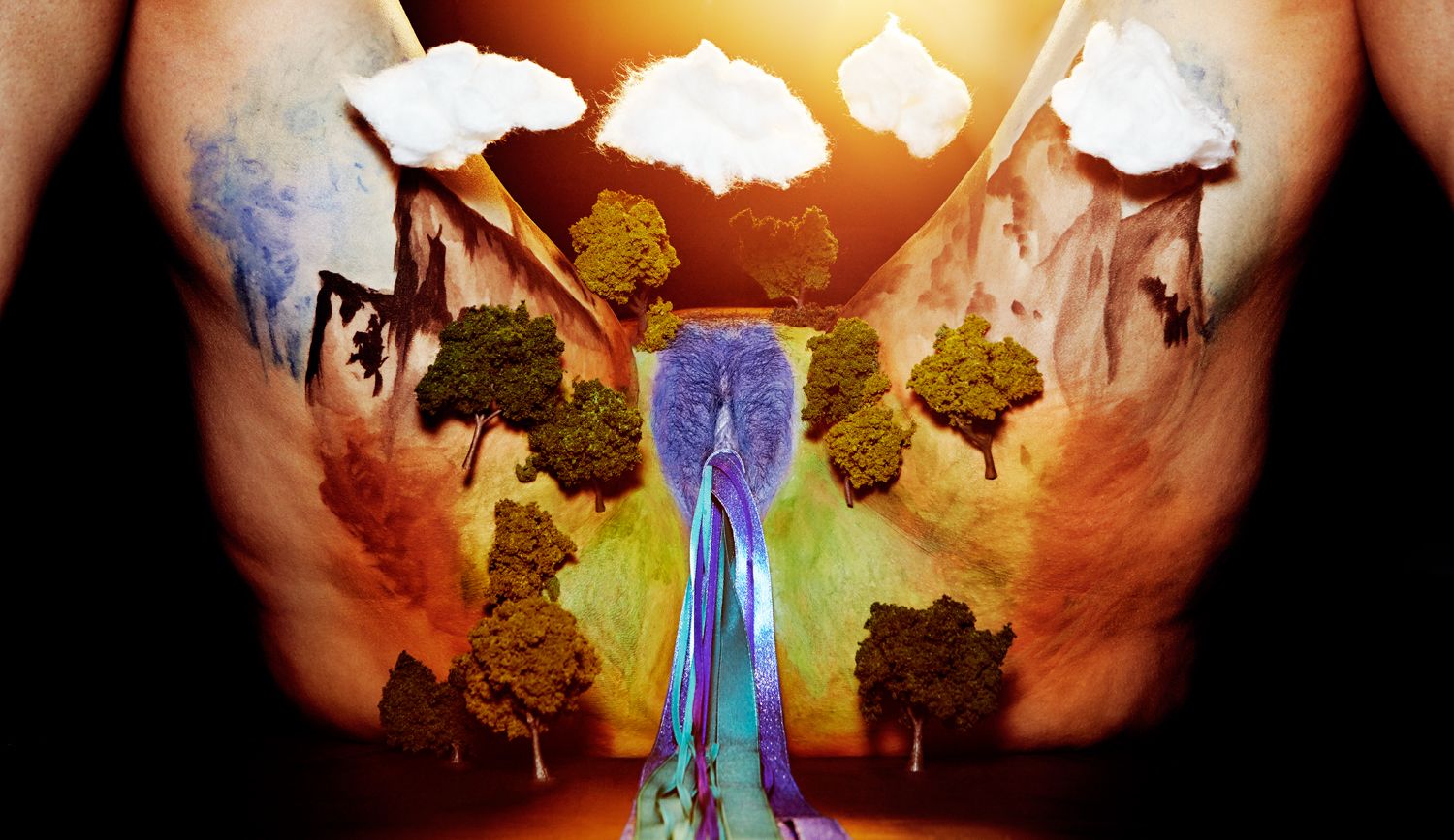
The project paints individuals who identify as being women of diverse sexual orientations, cultures, religions, professional backgrounds, ages, and ethnicities. While the art is photographed, participants anonymously share their experiences and stories of their bodies. Through her conversations with participants, the artist discovered that there are many causes for the shame we feel around our bodies.

Power to the Vulva creates therapeutic, inspirational art as both self-expression and a challenge to the viewers. The painted body becomes a liminal dwelling place, compelling the onlooker to ponder rather than look away. The Project aims to liberate without isolating the subject; the forum encourages all audiences to explore and understand our individual bodies together, rather than seeing the body as an isolated, objectified vessel. Her work is inclusive and features survivors of gender-based discrimination: human trafficking, homelessness, and sexual violence.
